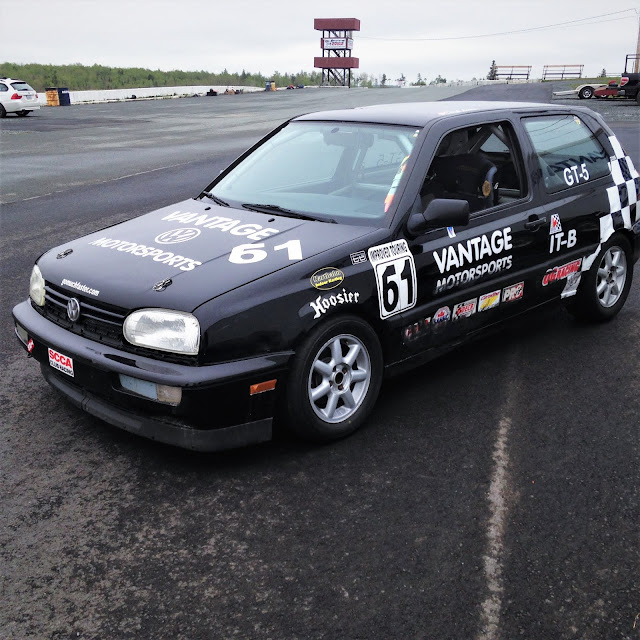I have been writing on here for several years now and I figured I owe you all a proper introduction; a bio of sorts and a bit of background about how I got where I am now. A proper introduction starts at the beginning, of course, so that's exactly where I'll start.
The first birthday gift I can remember was a black 1:18 scale Lamborghini Countach. I was 4 at the time. While other kids collected cool bedroom wall posters, I collected model cars and raced them on the floor. The word "video game" for me was nearly synonymous with Need For Speed while I was growing up, until it turned into some sort of Fast & Furious franchise. I shifted my focus to Gran Turismo and then Forza after that. Trips to amusement parks always frustrated my friends. Everyone wanted to go and ride at least once on every fun ride. I just wanted to wait in line for go-karts all day.
By the time I was 11, I was taking my dad's 1.0 litre, 3 cylinder Opel Corsa for drives around a private industrial park... off-road, so it was technically legal. I used to find puddles of standing water so I could do burnouts. Dad wasn't happy when he found that out, in case you're curious. For as long as I can remember, I have been crazy about cars (well, the ones that matter anyway). Naturally, that meant I decided I wanted to make a living working on cars at a young age.
With a great interest in suspension and powertrain systems, I knew I wanted to become a mechanical engineer before high school. I didn't know much else at the time but that plan never changed until I graduated high school. As a result, I did end up going to university and studied mechanical engineering. I graduated in 2011 with my degree, but life called with a local job offer that I had to take. I called back, however, and said: Hey life, I'm not done with cars. I will drive, race, and write about them. I dipped my toes in high performance driving once in 2011. I was hooked. I came back a couple more times in 2012. It was nowhere near enough.
I came back every chance I got every year after that. By 2016, I was racing with a local VW race team - Vantage Motorsports; a humble but very exciting 95 GTI SCCA IT-B spec car. I shared the car with team mates who had been instructing and racing longer than I have been driving so I learned far more in a couple seasons of racing than I could have done on my own in years. By 2017, I was instructing high-performance driving. But living in Canada means there is no track for nearly 7 months out of the year during the track off-season so I’ve just picked up a car to get into Rallycross this season. Enough is just never enough if you catch the track bug and I am severely inflicted.
My personal track car is currently a 2012 Mustang Boss 302 and has been since I bought it in the summer of 2012. I’ve done a few thoughtful mods (you know the ones; camber, control arms, Watt's link, wheels & tires, etc.). This made me somewhat of a "Mustang guy," it seems, because I have had four different High Performance Driving Education (HPDE) students with Mustangs since, one with a 525 hp Saleen. None of them crashed. Everyone in the paddock was accounted for - and standing up - as those Mustangs left the track (sorry, YouTube). But actually, that last little bit speaks a lot more for those drivers’ lack of stupidity rather than my teaching or driving skills, but hey, I have a blog and they don’t, so I’ll take the credit.
I enjoy writing reviews/tests (ideally, on track), performance tech features/articles, and a bit of interesting car news. I don’t have access to manufacturers’ press fleets, so I’m at the mercy of good opportunities for test drives. Thankfully, I have good friends that let me drive interesting cars and write about them from time to time. I write about my HPDE students cars as well, if I learn enough about them in the few laps I take in each. One day, I hope to test a lot more - especially on track - with access to press fleets. I’ll also share cars and stories I come across. If you like what you find, make sure to subscribe (top of the page) and follow me on Facebook or Instagram (below). There’s always something coming!















Comments
Post a Comment